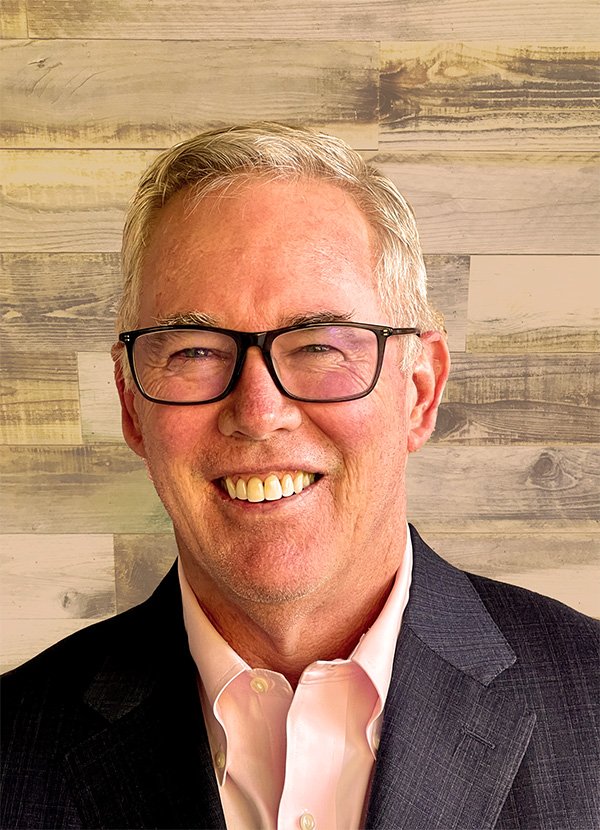As the clock ticks towards 2030, the senior care industry stands on the brink of a transformative era. With the surge in the senior population set to reshape care demands, healthcare businesses, including home healthcare facilities, assisted living, and skilled nursing homes, are facing unprecedented challenges. But within these challenges lie opportunities—opportunities to innovate, adapt, and thrive. In this blog post, we delve into the aging workforce challenges and their impact on healthcare businesses, offering insights and strategies for navigating the future.
The 2030 Challenge: A Demographic Shift Like No Other
By 2030, all baby boomers will be older than 65, marking a significant demographic milestone where 1 in every 5 residents will be of retirement age. For the first time in U.S. history, seniors will outnumber children, highlighting a seismic shift in the population’s age structure. This demographic revolution is not just about numbers; it’s about the profound impact on healthcare demands, workforce dynamics, and the very essence of senior care.
The Impact on Healthcare Businesses
The aging population coupled with the workforce shortage is creating a perfect storm in the healthcare industry. Senior living facilities are grappling with wage increase pressures and a growing reliance on contracted or agency nursing, leading to significant expense hikes. Moreover, members over the age of 60 constitute a substantial 23% of all health plan stop-loss claims, underlining the unique healthcare challenges faced by this demographic.
The Liberty Approach: Navigating Challenges with Strategic Solutions
At Liberty’s National Healthcare Services Practice, we understand the complexities of these challenges. Our approach is twofold: mitigating risks associated with the aging workforce and ensuring operational excellence in compliance, competitiveness, and financial resilience.
- Strategic Insights: We offer seasoned insights to navigate the workforce challenges effectively, focusing on compliance and competitive strategies that ensure your facility is prepared for the demographic shifts.
- Tailored Solutions: Understanding the nuanced needs of our clients, we provide tailored coverage strategies. Our focus on health plan stop-loss claims among seniors over 60 helps in managing the unique risks associated with an aging workforce, ensuring comprehensive coverage and financial health.
- Adapting to Economic Realities: The urgency to comprehend and adapt to these economic realities cannot be overstated. Our strategic imperatives are designed to be proactive and adaptive, ensuring that your facility not only survives the challenges but thrives amidst them.
The Future is Now: Preparing for a Transformative Decade
The 2030s promise to be a transformative decade for the senior care industry. With seniors set to outnumber children and net international migration projected to be a primary driver of population growth, the landscape of healthcare will change significantly. The population will grow at a slower pace, age considerably, and become more diverse, presenting both challenges and opportunities.
Final Thoughts
As we navigate the silver wave, the importance of being proactive, adaptive, and strategic cannot be overstated. The aging workforce revolution in healthcare requires a comprehensive understanding of demographic shifts, economic realities, and the unique healthcare needs of the senior population. By embracing strategic solutions and partnering with experts, healthcare businesses can unlock their potential and emerge stronger in the face of these challenges.
The time to act is now. Let’s prepare for the future together, ensuring that our senior care facilities are not just ready for the aging workforce revolution but are set to redefine excellence in senior care.
For questions or more information, please reach out to Tim Mooney, Senior Vice President (National Healthcare Services Practice Leader), The Liberty Company Insurance Brokers.



